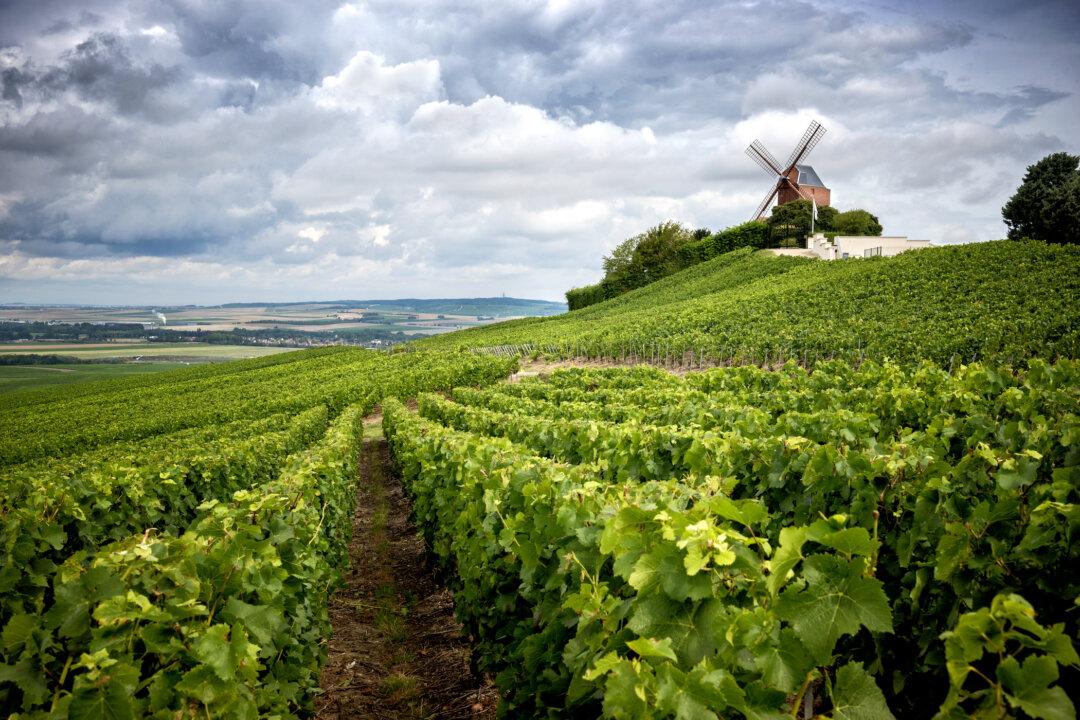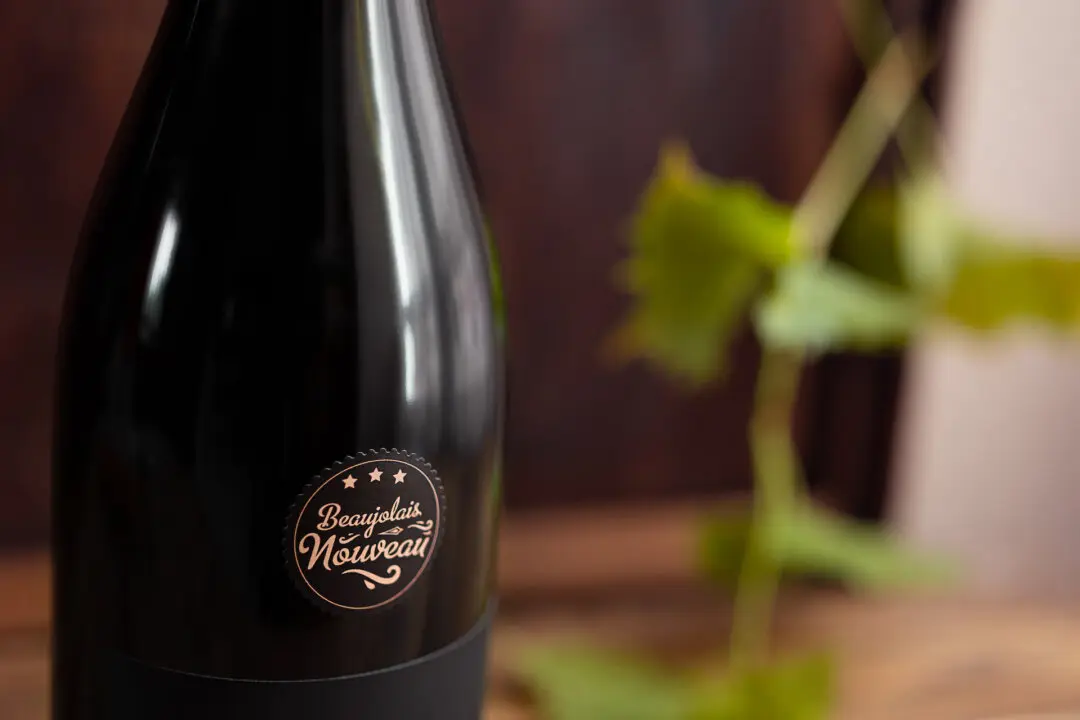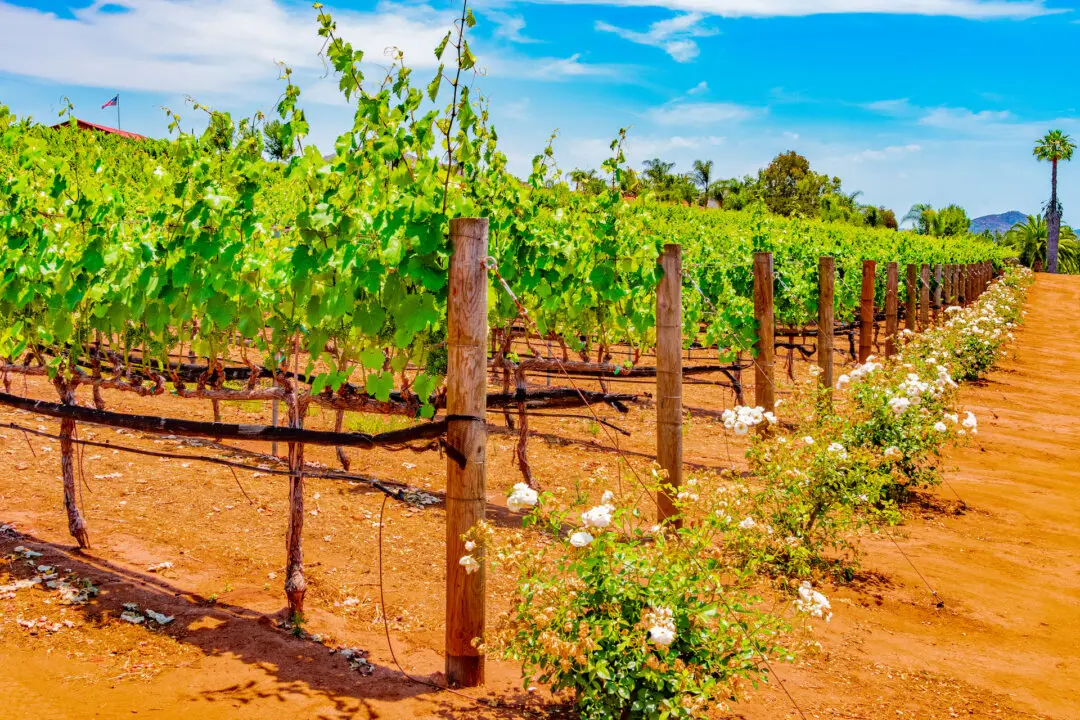California wine is basically all about sunlight and softness; most European wines are all about clouds and crispness.
Though it’s infinitely more complicated than this, these two statements could well sum up what separates California wines from those made on the northern European continent. It all comes down to what Mother Nature permits and how the wines historically play out with their nearby populaces.





